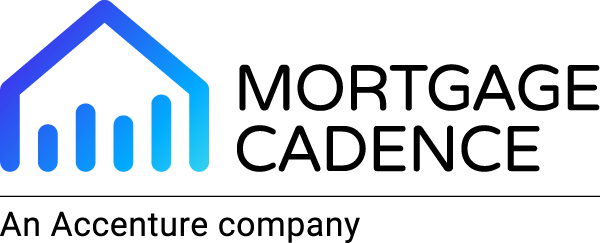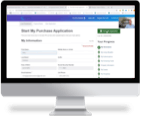It took decades to get businesses to embrace remote work. The technology was there, they just didn’t have the encouragement to fully adopt it.
Then the pandemic hit. When workers were sent home, businesses had no choice but to embrace the tools required to keep their companies operating. Overnight, virtually every company in the country was embracing the cloud and operating with a remote workforce.
This, coincidentally, led to an uptick in Remote Online Notarization of electronic documents by using technology that had been available for at least two decades. Kudos to the developers who had been patiently working for years to sell tools that, up until COVID, no one had a pressing need to buy.
All it took to get to the tipping point was necessity. Unfortunately, that’s something that’s hard to find when you need it.
The next tipping point
While the rest of the world is being fully engrossed into AI and its ability to create works of art from a text prompt, the mortgage industry is wondering what it’s going to take to finally get everyone onboard for electronic loan closings.
The benefits are certainly there for the lender. The industry’s document preparation firms have been touting them for years now. They include:
- Speed: eClose can speed up the closing process by as much as 75%.
- Accuracy: eClose reduces the risk of errors by automating many of the steps in the closing process.
- Cost: eClose can save lenders and borrowers money by reducing the need for paper documents and in-person meetings.
- Convenience: eClose allows borrowers to close on their loans from anywhere in the world.
- Security: eClose uses secure technology to protect sensitive information.
Most accept that these are good reasons to consider eClose, but so far there hasn’t been a reason why they must.
Borrowers seem mixed. While they hate the manual process of sitting in a room for an hour signing all of the paper documents when they could be signing with the click of a mouse, they also have a significant distrust of financial institutions.
They seem to want to see the copy on the documents, even though they know they will understand little of it and have no power to change any of it.
So, what’s it going to take to take eClosings to the tipping point?
Staying in the game will solve the problem
If you look at the demographics, you’ll see that the tipping point is coming. There’s no holding it back. The older generations, who currently have most of the money, are aging out and retiring. Instead of buying new homes, they are shopping for reverse mortgages.
The home buyers who will be left when the Boomers leave the stage will be younger people who were raised on the internet. Technology is not second nature to them, it’s pretty much all they know.
The next wave of borrowers will have no patience for tall stacks of dead tree fiber when they sit down to complete the transaction for their first home. They’ll come with their own devices, connect to the eClosing portal and click to sign.
They’re struggling now to get into the market, but it’s only a matter of time.
As long as there are older borrowers to serve, lenders may find it unnecessary to embrace eClosing. But those days are numbered. The industry’s leading lenders are preparing their teams now.
By Joe Camerieri, EVP, Sales & Strategy at Mortgage Cadence
Want more?
Follow us on LinkedIn to be notified when our next article is released.
Media Contacts
Mortgage Cadence:
Alison Flaig
VP, Marketing
(919) 906-9738



